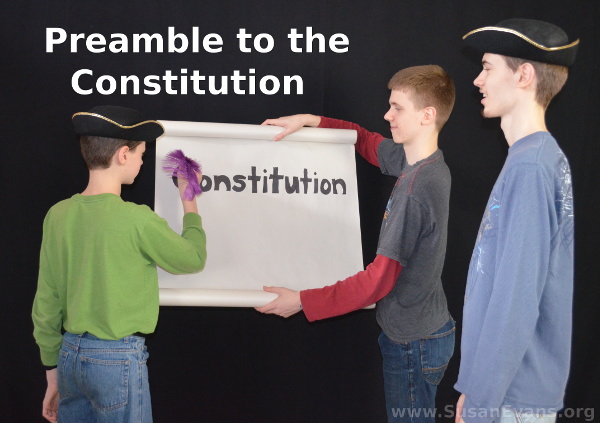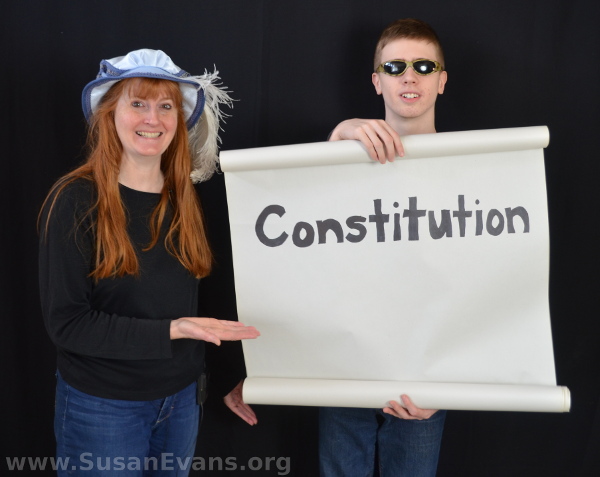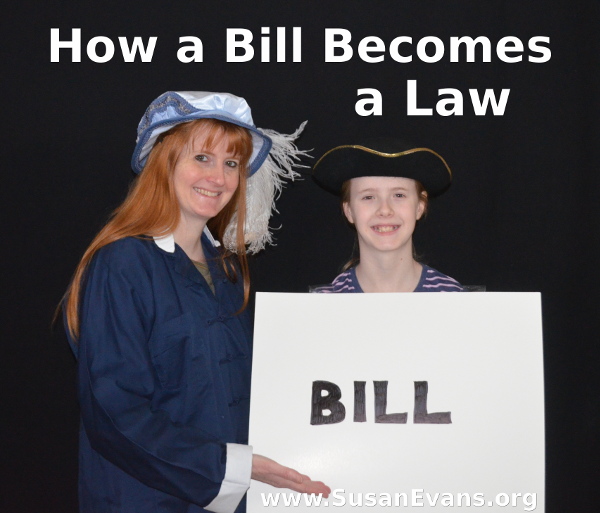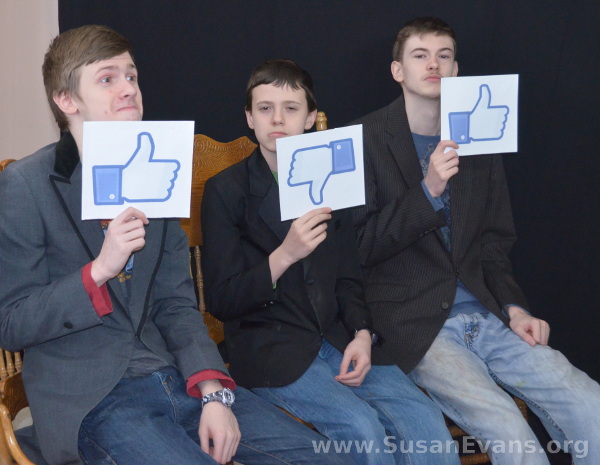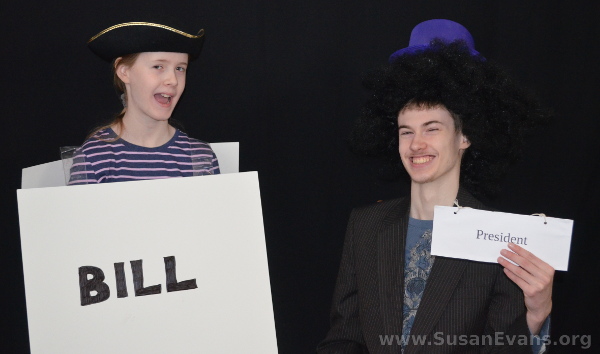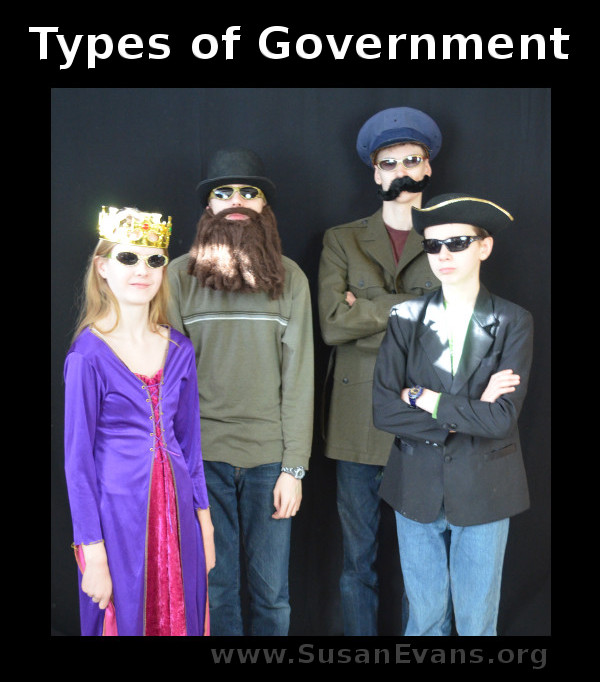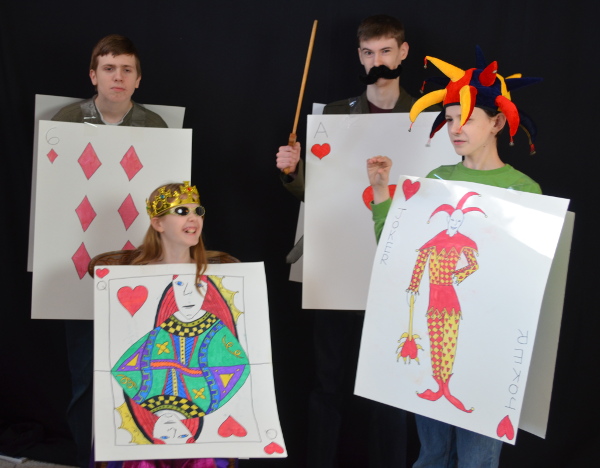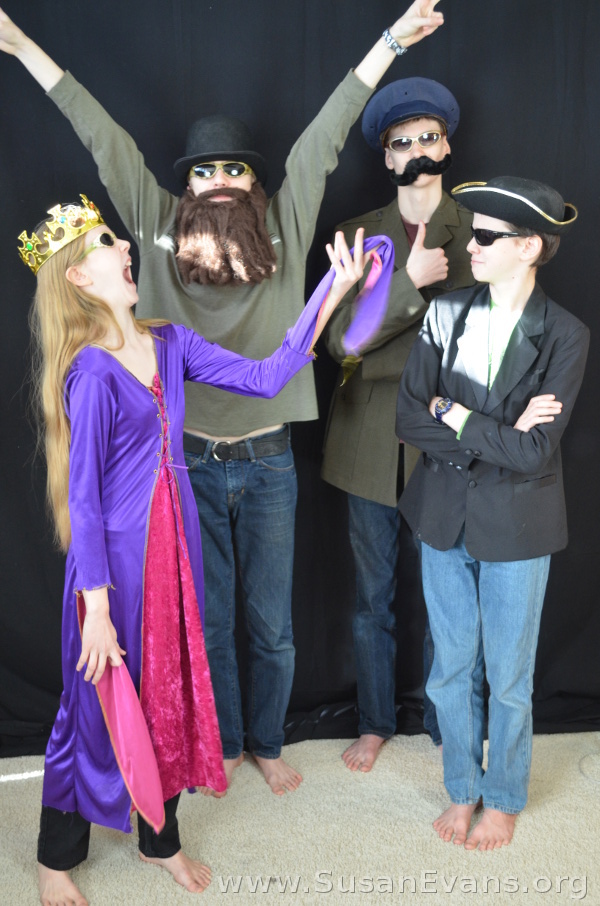The Preamble to the Constitution is iconic in the establishment of the United States of America because it is the first paragraph of our founding document. Why are the people of the United States establishing this Constitution? For five reasons that are enumerated: for justice, tranquility, defense, the general good, and liberty.
These phrases are described in greater detail in Exploring Government by Ray Notgrass. We find out how the general good was taken out of context in later years to fund programs that the founding fathers would have never agreed to. The whole purpose of the government was to preserve basic rights and freedoms, not to tax the people into oblivion by supporting an enormous bureaucracy.
The Preamble to the Constitution (Dramatized!)
“We the people of the United States, in order to form a more perfect union, establish justice, insure domestic tranquility, provide for the common defense, promote the general welfare, and secure the blessings of liberty to ourselves and our posterity, do ordain and establish this Constitution for the United States of America.”
How we dramatized the Preamble to the Constitution:
“We the people of the United States, –Everyone stands around wearing sunglasses and pointing at themselves.
in order to form a more perfect union, –Everyone holds a paper that says “Union,” and they begin scrubbing it to make it better.
establish justice, –A person holds a gavel.
insure domestic tranquility, –Everyone sleeps peacefully.
provide for the common defense, –People hold swords and shields.
promote the general welfare, –Someone holds up a sign with “Safety” on it, with people holding toy cars (representing national freeways and safety of vehicles) and pills (regulating the safety of pharmaceutical drugs).
and secure the blessings of liberty to ourselves and our posterity, –A parent passes a paper with “Liberty” on it to her daughter.
do ordain and establish this Constitution for the United States of America.” –Everyone scribbles on a huge scroll with “Constitution” written on it.
And there you have it, ladies and gentlemen: the Preamble to the Constitution, dramatized to enable you to remember this first paragraph of the founding document of our great nation.
Next up in the high school government series: Presidential Line of Succession!
The links in this series of blog posts are not affiliate links. Please buy the book from their website to bless their family the most!
